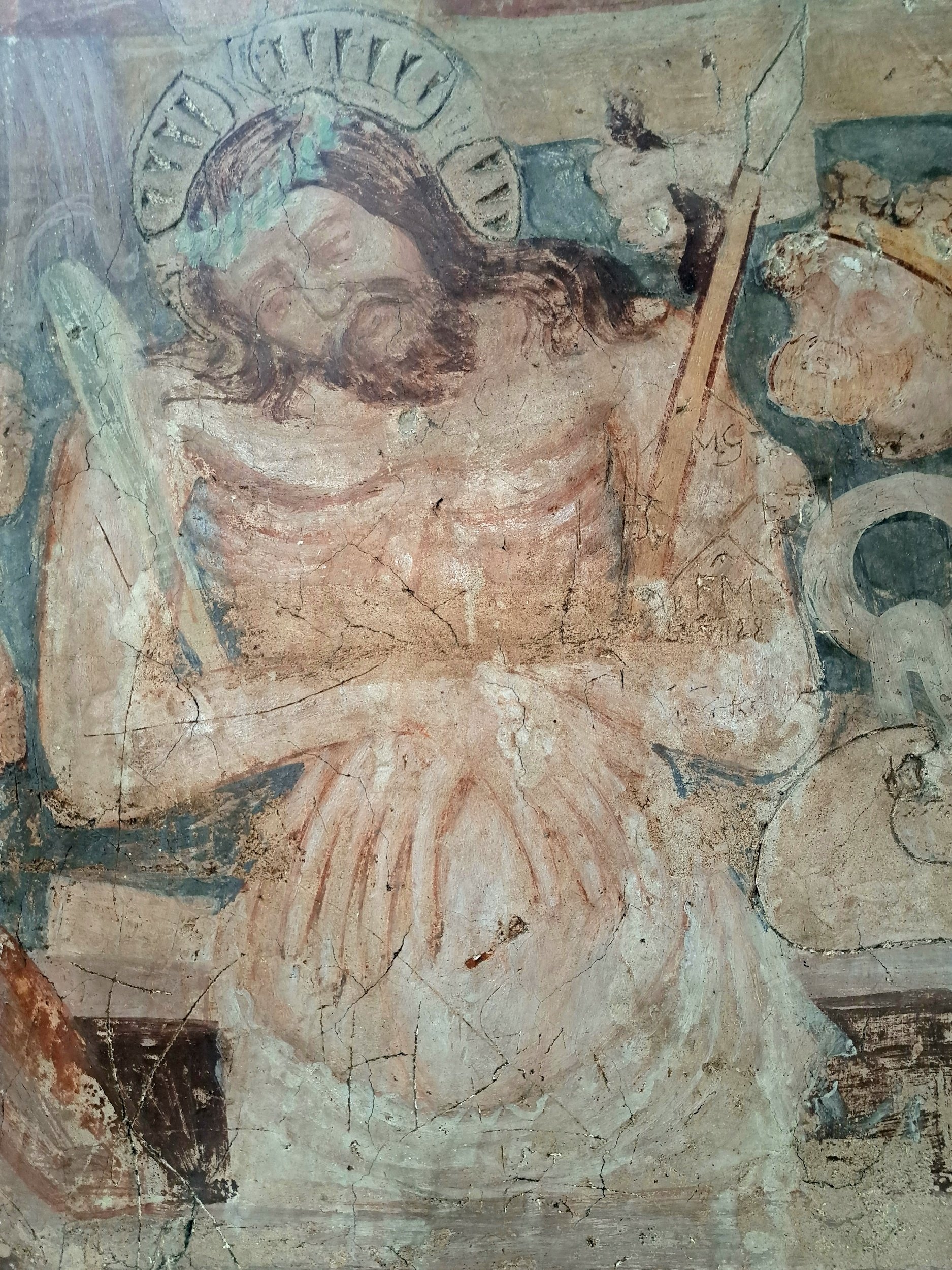Rediscovering the Art of Photography: The Advantages of Film Workshops in Venice and Budapest
/In an era dominated by digital screens and instant gratification, there's a growing movement among photographers to return to the roots of their craft: analog photography. The tactile experience of loading film, the anticipation of developing images, and the rich, organic results are drawing both newcomers and seasoned digital shooters back to film. And what better places to immerse yourself in this timeless art than the historic and visually stunning cities of Venice and Budapest?
Whether you're a digital enthusiast or a budding photographer, here's why taking a film photography workshop in these iconic European cities can elevate your day-to-day photography to new heights.
1. Embrace Deliberate Shooting
Film Teaches Patience and Intentionality
With a limited number of exposures on a roll of film, every shot counts. This constraint encourages you to:
Slow Down: Take the time to compose your shots thoughtfully.
Consider Every Element: Evaluate lighting, framing, and subject matter before pressing the shutter.
Develop a Keen Eye: Hone your ability to anticipate moments worth capturing.
How This Benefits Digital Shooters: Incorporating this intentional approach can reduce the "spray and pray" mentality common in digital photography, leading to more impactful and well-composed images.
2. Master the Fundamentals
Understanding the Basics Enhances Creativity
Film photography often requires manual settings, pushing you to:
Learn Exposure Triangle: Gain a deeper understanding of aperture, shutter speed, and ISO.
Grasp Lighting Techniques: Recognize how different lighting conditions affect your images.
Explore Depth of Field: Experiment with focus to create desired effects.
How This Benefits Digital Shooters: Mastery of these fundamentals allows for greater creative control, enabling you to push the boundaries of your digital work with confidence.
3. Experience the Unique Charm of Venice and Budapest
Iconic Landscapes as Your Canvas
Venice: Navigate its labyrinth of canals, historic architecture, and vibrant street life. The interplay of light on water offers endless opportunities for stunning compositions.
Budapest: Capture the grandeur of the Danube River, the elegance of its bridges, and the juxtaposition of modern life against a backdrop of rich history.
How This Benefits All Photographers: Shooting in such visually rich environments challenges you to see familiar scenes from new perspectives, enhancing your ability to find beauty in everyday settings.
4. Develop Discipline Through Limited Resources
Make Every Frame Count
Film's limitations teach you to:
Plan Ahead: Anticipate photographic opportunities and prepare accordingly.
Edit In-Camera: Make compositional decisions before shooting, reducing the need for post-processing.
Value Each Shot: Cultivate a mindset where quality trumps quantity.
How This Benefits Digital Shooters: This discipline translates to more efficient shooting and less time sifting through unnecessary images during editing.
5. Engage with a Community of Like-Minded Artists
Workshops Foster Collaboration and Inspiration
Learn from Experts: Gain insights from seasoned film photographers who can share techniques and tips.
Network with Peers: Build relationships with fellow enthusiasts who share your passion.
Collaborative Learning: Exchange ideas and inspire each other to experiment and grow.
How This Benefits All Photographers: Being part of a community enhances creativity, provides support, and opens doors to new opportunities.
6. Rediscover the Joy of Photography
Reconnect with the Artistry Behind the Lens
Tangible Results: Holding physical prints can be more satisfying than viewing images on a screen.
Surprise Element: The delay in seeing your developed photos adds excitement and anticipation.
Artistic Expression: Film's unique aesthetic can inspire new artistic directions.
How This Benefits Digital Shooters: Rekindling your passion can breathe new life into your digital projects, encouraging you to explore and innovate.
Conclusion
Taking a film photography workshop in Venice or Budapest is more than just a learning experience; it's an adventure that enriches your photographic journey. The skills and perspectives gained extend far beyond film, enhancing your digital photography by fostering a deeper connection with the art.
So pack your bags, load your camera, and step into a world where every click is a thoughtful expression of creativity. Embrace the timeless allure of film, and watch as it transforms the way you see and capture the world around you.
Ready to embark on this photographic adventure? Join a workshop today and unlock the full potential of your artistry, whether you're shooting film, digital, or both.







































